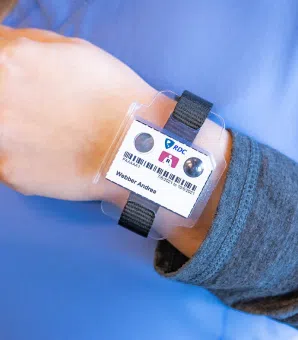
Dosimeter badge services for medical, dental, and veterinary businesses
Learn how Radiation Detection Company’s easy-to-use dosimetry solutions can boost the efficiency of your practice.

President, Radiation Detection Company
Last Updated: May 3, 2024
Discover the best personal X-ray dosimeter for your organization with our comprehensive guide.
Everyone is exposed to some form of radiation – through contact with natural materials like rocks and soil, cosmic rays that vary by altitude, and radon, which occurs naturally all around us and can be used therapeutically in medical settings. However, radiation exposure becomes more concerning for those receiving an occupational dose.
Individuals who work near radiation sources, like employees in hospitals, dental offices, veterinary clinics, and nuclear energy plants, face higher concentrations of radiation on a regular basis. Wearing personal dosimeters allows employees and organizations to track radiation exposure and take the proper steps to manage potential health risks.
Choosing the correct dosimeter to protect your staff can seem intimidating, but we've made it easy to get the information you need to make an informed choice. Keep reading to learn how to choose the ideal radiation dosimeter.

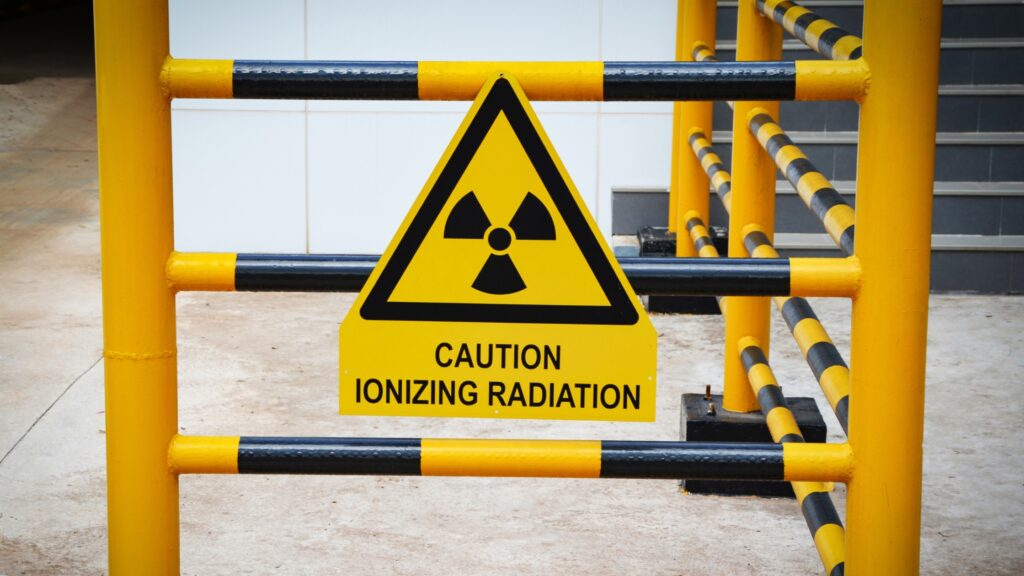
What exactly are the risks of radiation exposure? Most studies focus on high radiation exposure over a short period, such as survivors of atomic bomb blasts like those at Hiroshima. These studies reveal higher rates of cancer, as well as the short-term side effects of radiation sickness, which include symptoms like vomiting, bleeding, fainting, hair loss, and skin and mouth sores.
While studies about long-term exposure to lower levels of radiation are less conclusive, there is evidence that this level of exposure can also increase the risk of cancer. In fact, both the World Health Organization (WHO) and the CDC have classified X-rays as a carcinogen.
Though some levels of exposure are normal, individuals who work around radiation should take extra precautions to reduce their risk of cancer. Wearing the correct radiation dosimeters allows individuals and companies to take an important first step toward radiation safety.
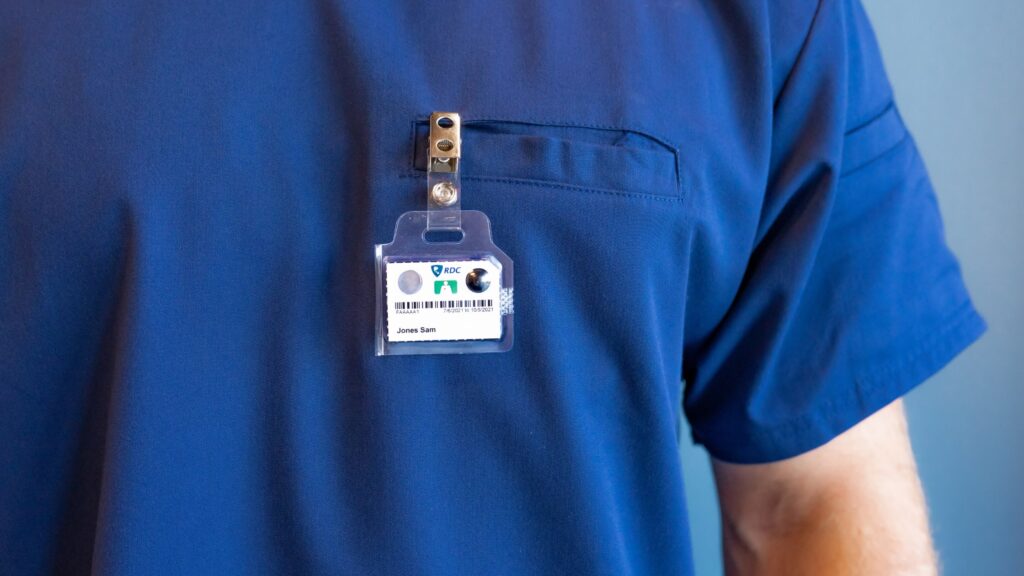
All types of ionizing radiation – alpha, beta, gamma, X-rays, and neutron radiation – displace or remove electrons from atoms producing ions. This alteration can cause health issues over time, and that's why it's important to monitor possible exposure.
Personal dosimeters contain phosphors that store energy from radiation exposure. When energies pass through the filtration of the dosimeter, they capture the dose.
Later, when stimulated during the analytical process, a detector triggers optical or thermal stimulation to release electrons stored in the dosimeter. Then, an algorithm identifies the type of ionizing radiation the badge was exposed to and tabulates the dose.
The most commonly worn radiation dosimeters include optically stimulated luminescence (OSL) dosimeters, thermoluminescent dosimeters (TLD), and digital dosimeters.
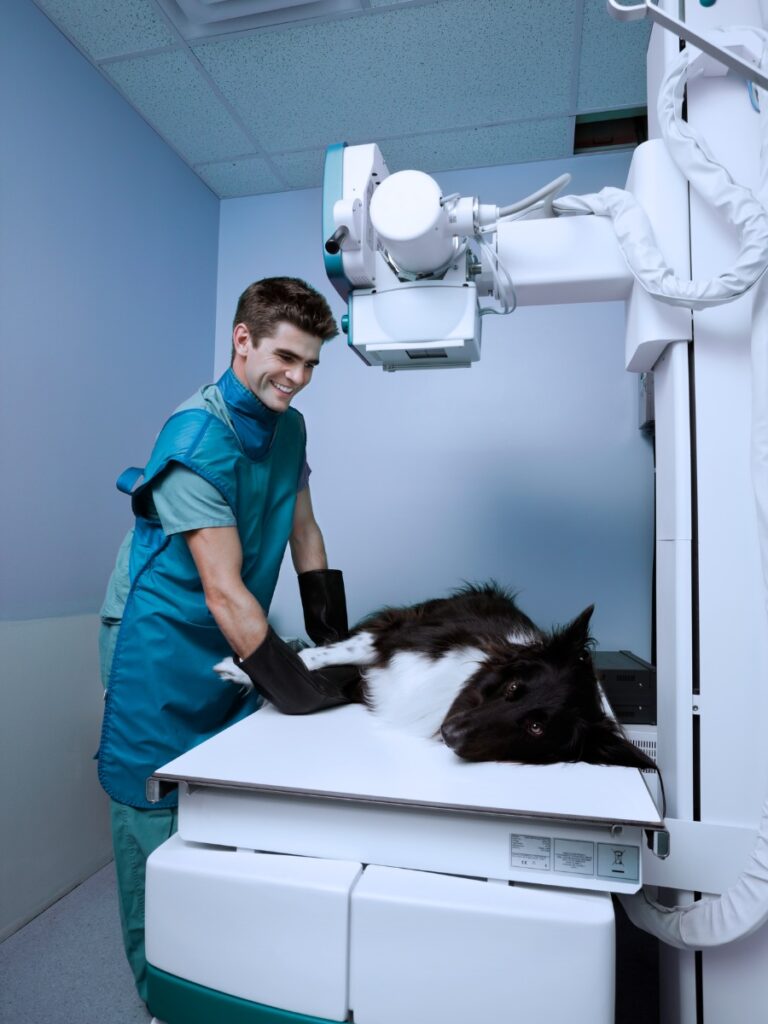
A dosimetry monitoring service allows radiation workers and other employees to capture their absorbed dose over a designated period, typically between one to three months.
At the end of the wear period, dosimetry providers then analyze the absorbed dose and compile dose reports. With reliable service from RDC, individuals and organizations can better understand their radiation safety needs and take necessary preventive measures to get – and stay – compliant with federal and state guidelines.
Employees close to reaching their occupational radiation dose limit can take precautions by shielding and distancing themselves from radiation sources and limiting exposure to gamma radiation, X-rays, and any other radiation sources they may face in a work environment.

There are several factors to consider when selecting a personal X-ray dosimeter for your organization, outlined below.
Choosing a dosimeter that provides accurate measurements of radiation exposure is essential. NVLAP accreditation ensures testing laboratories meet high-quality assurance and technical expertise standards – always choose NVLAP-accredited radiation dosimeters.
Consider the cost of the dosimeter and any associated fees for account set-up or badge maintenance. We've prepared a guide to help you anticipate and avoid costly hidden fees. You can also build your order with RDC and view pricing now.
Look for personal dosimeters that are easy to wear and use, as this will increase compliance among employees.
Remember: dosimetry service is only accurate if your staff wear their badges properly; X-ray badges should be worn at all times when there is potential for occupational exposure to ionizing radiation. Dosimeters not in use should be stored properly away from any radioactive source.
Personal dosimeters should be worn at the location indicated on the dosimeter label and should never be cut, covered, blocked, or written on. Staff should wear a dosimeter at the collar and outside of any protective garment, facing the radiation source.
We put together a helpful resource on the best practices for wearing a dosimetry badge.
Personal dosimeters should be able to withstand the rigors of daily use in various work environments. We've created a resource to help you and your staff better understand proper maintenance techniques for dosimetry badges.
Consider whether your dosimetry provider allows for convenient data management options, such as electronic reporting or online access to reports. Radiation Detection Company includes free 24/7 access to your account through MyRadCare™, our custom online portal.
The "right" dosimeter is the one that provides solutions for your needs and industry demands.
Below, we've included a brief summary of the dosimeters offered by Radiation Detection Company. You can refer to your radioactive materials license for more specific requirements and visit our solutions page for more details on each badge type.
By considering the factors above, you can choose the most suitable personal dosimeters for your organization.

A whole body dosimeter is a simple, unobtrusive device worn on the front of the torso, typically at the waist or neck. These personal dosimeters report deep, shallow, and lens dose; radiation workers can receive up to 5,000 mrem of deep dose in a year.
While whole body dosimeters accurately record deep, shallow, and lens dose, some occupational settings may require additional radiation monitoring – like extremity dosimeters or fetal monitors.
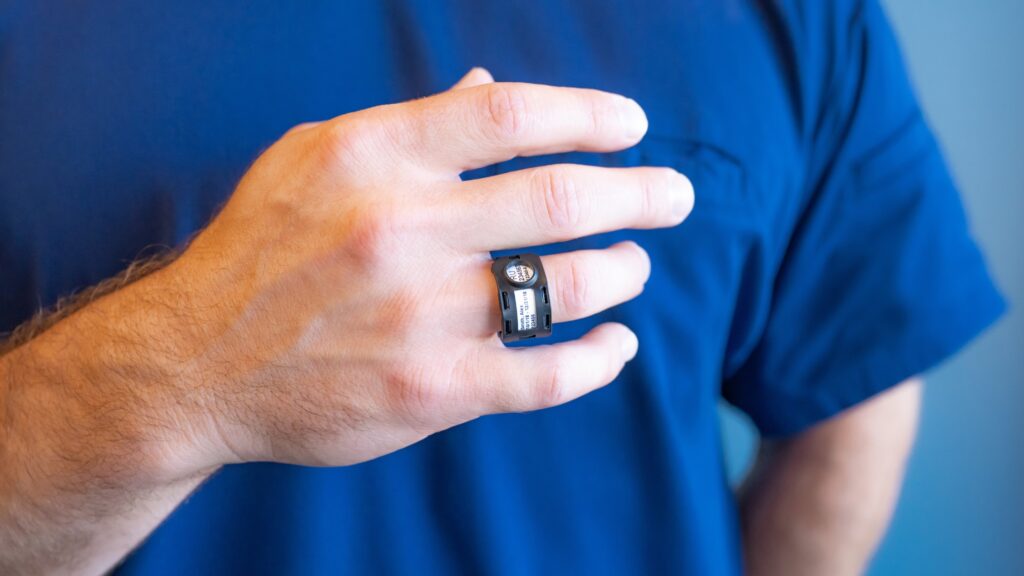
Extremity monitors are especially important in environments where an employee may need to physically support patients while undergoing fluoroscopy and other forms of ionizing radiation. For example, a veterinary technician might wear a ring dosimeter on their finger to measure absorbed dose while supporting a dog during an imaging session.
Wrist and ring badges help protect employees by providing more accurate dose rate for extremities. However, a ring or wrist badge does not replace a body badge since the doses are calculated differently.
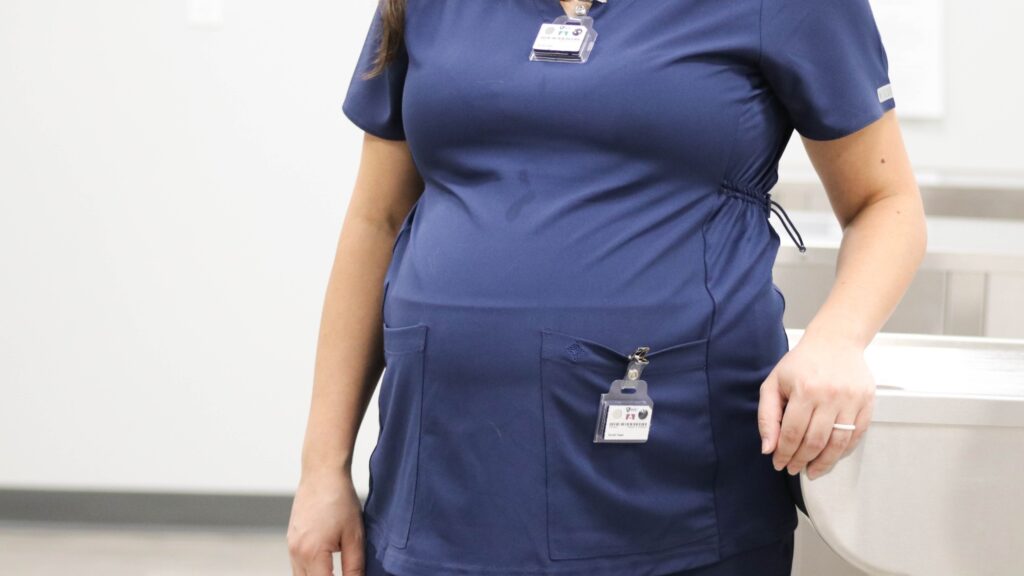
Declared pregnant employees should wear fetal monitors in addition to a whole body dosimeter or extremity dosimeters. Fetal monitors are required for those that have declared their pregnancy to their RSO in writing.
Pregnant employees wear fetal badges near the fetus and the radiation dose cannot exceed 500 mrem during the entire gestational period. Most states also have a 50 mrem per month limit.
Wearing a fetal monitor at the same location throughout the entire length of the pregnancy helps ensure accuracy for required monthly dose reports.
Ensuring radiation safety is imperative to employee health, though it can come with some hassle. The cost of devices, choosing the right types for various employees, managing their wear cycles, and sending them off for readings may be a prohibitive process for some workplaces.
RDC provides effortless dosimeter management in one place through our free 24/7 online portal, so workplaces can easily make changes and access dose reports for every employee.
Streamlining dosimeter processing allows businesses to set up their account once and let RDC handle the rest. You can get back to doing what you do best, while keeping your employees safe from radiation and providing peace of mind. Request a call to learn more or sign up today to get started!

There are many types of personal dosimeters, and the “right” dosimeter should fit the regulations specific to your line of work; it's imperative to consider what might be required by the NRC for your organization to stay in compliance.
In general, you can determine the type of badge you need based on the radiation type and range of exposure from the equipment you use. Locate the label on your radiation-emitting device to determine the type of radiation and make sure you're safe and in compliance.
At minimum, you should always choose a NVLAP-accredited badge appropriate for the radiation work environment.
Need more support? Consult our badge order guide and get your badges in three easy steps.
Each dosimeter type has its own strengths in accurately measuring radiation exposure.
RDC's whole body TLD and OSL dosimeter all feature a minimum reportable dose of 10 mrem (0.10 mSv), a lower limit of detection of 1 mrem (0.01 mSv), and a useful dose range of 1 mrem - 1000 rem (0.01 mSv - 10 Sv).
Our digital dosimeter, NetDose, features a minimum reportable dose of 1 mrem (0.01 mSv) per month, a lower limit of detection of 1 mrem (0.01 mSv), and a useful dose range of 1 mrem - 1000 rem (0.01 mSv - 10 Sv).
There are different types of personal dosimeters to measure radiation exposure:
Each type of dosimeter has its own benefits. Request a call from a dedicated RDC team member today and we'll help you find your best fit.
Learn how Radiation Detection Company’s easy-to-use dosimetry solutions can boost the efficiency of your practice.